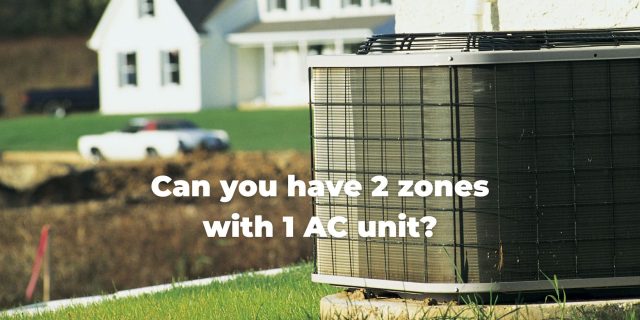
The End of Thermostat Wars: How to Fix Temperature Fluctuations in Your Home

Is the never-ending battle of the thermostat temperature tearing your family apart? You are not alone. Nearly 61% of homeowners say they have areas in their home that are either too hot or too cold. With the average homeowner spending almost two-thirds of their day inside their homes, this becomes increasingly problematic.
This blog will dive in and explore the common problems and resolutions to help take control of the comfort in your home.
What causes these temperature issues, and what can we do to fix them?
Many leading factors cause temperature differentials in a home. Often overlooked air leaks from windows, doors, attics, crawlspaces, electrical outlets, and vents in bathrooms and kitchens. These not only allow air from the outside to penetrate indoors but also our conditioned air to escape the thermal envelope.
Upgrading windows and doors can help prevent air intrusion and the conditioned air from escaping the living space, but it may not always be within the budget. However, more cost-conscious ways can help. You can address these issues by sealing gaps around windows and doors, adding plastic window insulation, replacing door weather stripping, and adding outlet sealers or plugs to help with outlet air intrusions.
Inadequate or poorly installed insulation can also be an issue allowing the conditioned air to escape our homes through walls and ceilings. Insulation contractors can address this by increasing the R-value by replacing or adding additional insulation to the house. R-value measures how well the insulation can keep heat from leaving or entering a space. The higher the value, the better the performance.
Lastly, unbalanced ductwork can be a leading cause of temperature swings. Different houses have different layouts and come in various shapes and sizes. Do you notice the upstairs is always cooler in winter and warmer in the summer? Does that back bedroom never feel as comfortable as the rest of the home? These are all caused by your HVAC system’s ductwork design and layout.
Typically, the further away the rooms are from the HVAC equipment, the harder it becomes to condition the area. You can solve these issues by contacting your local HVAC professional to perform a comfort audit. They may recommend adding manual balancing dampers to help redirect airflow in the home or take it a step further and introduce traditional HVAC zoning into the space.
Zoning involves adding dampers in the ductwork that work with thermostats to create zones, or targeted comfort areas. For example, that two-story home might have a thermostat for each floor. Dampers inside the HVAC system’s ductwork control the amount of heating or cooling that goes to each floor.
These dampers separate the ductwork so the system can heat/cool the areas independently, providing total home comfort by sending air to the individual floor when needed.
For more information on what zoning is and how it can help you improve your comfort and end thermostat wars for good, see our video explaining how HVAC zoning works.
Now that we have a better understanding of what causes these temperature issues and how to address them, you can start taking steps to resolve the problems, end the thermostat wars, and seize the comfort inside your home.
Topics
- Energy Efficiency (17)
- Homeowner Tips (20)
- HVAC Zoning (25)
- Indoor Air Quality (2)
- Indoor Comfort (33)
- Uneven Temperatures (5)
Recent Posts
View AllYour heating and cooling system should create a comfortable home environment that you can depend on. Sometimes a standard HVAC system just doesn’t cut it. That’s where Arzel Comfort comes in. Our zoning systems work with your existing HVAC equipment to give you better comfort and control. But we go beyond just comfort. Homeowners trust […]
Everybody needs to heat and cool their home, and no one likes to pay for it. Even so, most of us are wasting energy to make our homes comfortable. This guide to HVAC zoning will show you how to avoid this pitfall. At the same time, you’ll get better comfort in your home. Imagine lower […]
Creating Multiple Comfort Zones with One AC Unit Can you have two zones with one AC unit? The answer is a resounding yes. With HVAC zoning, you can transform your home into multiple comfort zones, each tailored to your preferences. Instead of relying on a single thermostat to control the entire house, HVAC zoning uses […]
If you’re like most homeowners, you probably look for ways to save money on energy costs. Does HVAC zoning save money? We’ll explore that question here, so you’ll know what to expect if you decide to install HVAC zoning in your home. What Is HVAC Zoning? Let’s start with the basics. When you add zoning […]



